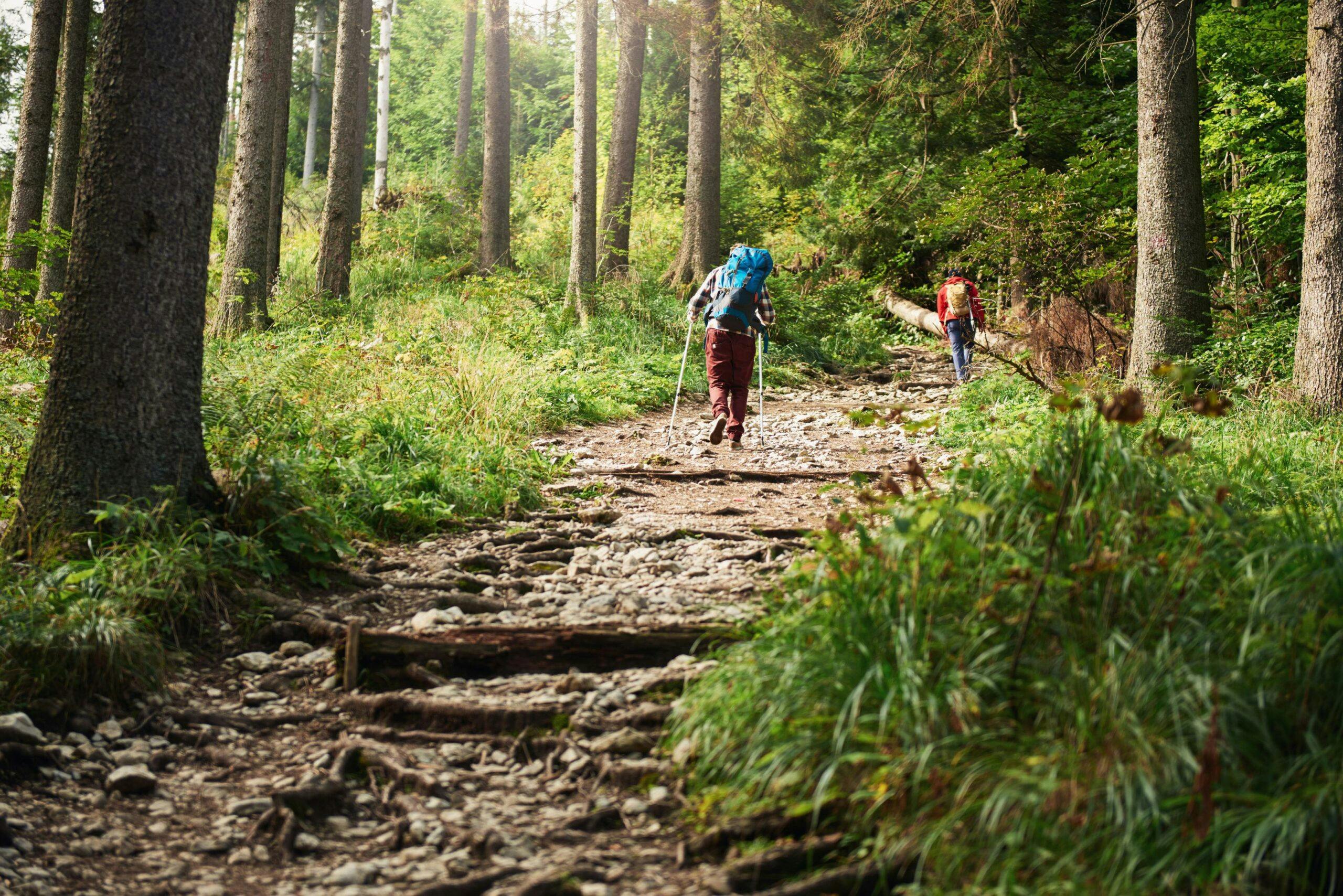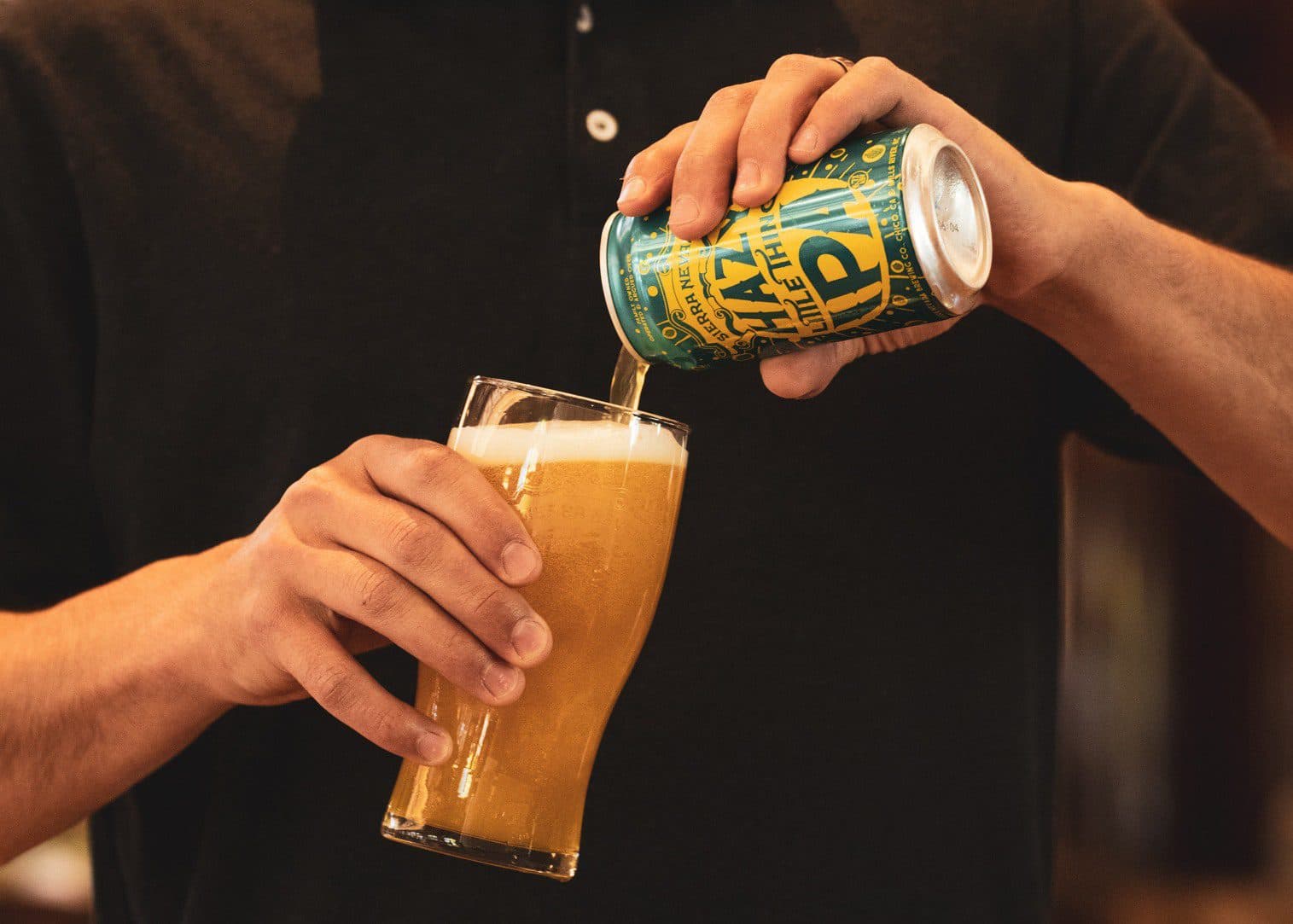National Trail System: Underfunded & Overused
When you’re hiking on a trail, you often focus on details: the crunch of ground beneath your boots, chirps of wildlife, the wind purring in the trees. In all likelihood, you aren’t thinking about who maintains the trail, much less who provides the dollars to do so.
Well, the reality is that we’re all on deck to help.
While there are federal groups playing an important role in management of public lands (e.g. U.S. Forest Service, National Park Service, and Bureau of Land Management) their bandwidth is limited and their funding is squeezed. In 2018, for example, the U.S. Department of the Interior (DOI) explained that its maintenance backlog clocked in at $16 billion—more than 70% of that jam sits with the National Park Service.
Amplifying the backlog is decreased budgets at federal agencies for programs that support recreation. Both the Bureau of Land Management and the Forest Service show dips of more than 15% since 2010—tens of millions of dollars our trails and rivers won’t see.
And as DOI acknowledged, “years of increased visitation and use” make these financial and preservation realities all the more urgent. One snapshot of this: the Pacific Crest Trail Association in 2018 issued 289% more long-distance permits than 2013. Sure, that might be die-hard hikers on the far end of the spectrum, but consider the National Park Service reports that 2016-2018 were its three highest years for visitation ever.
The irony is all of this outdoor recreation generates billions of dollars in spending and millions of jobs, which foster healthier communities and economies. Yet public lands themselves have an uncertain fate.
These two diverging trends—more foot traffic, less money—create problems for our trails.
When trails aren’t properly maintained, they can become overgrown, washed out or simply blocked by obstacles like fallen trees. It starts a ripple effect. Hikers get creative to bypass rough spots—a safety risk itself—but forging a new path causes braiding: fragile vegetation dies and erosion risks rise. This can overwhelm local watersheds, disturbing the homes and health of wildlife. We’re there to cherish the outdoors, but work-arounds and shortcuts unwittingly harm our favorite places to play.
Thankfully, we are empowered to protect our gateways to adventure. The federal outlook may seem bleak, but we can affect change starting at the local level. What can we do in our own backyards?
There are numerous independent organizations dedicated to caring for our vast trail networks, and volunteerism helps fuel their stewardship of the great outdoors. Take Back Our Trails is how we’re getting involved, and this is our invitation to you. Team up with us and partner organizations to advocate and get hands-on outside. Let’s take back our trails.




